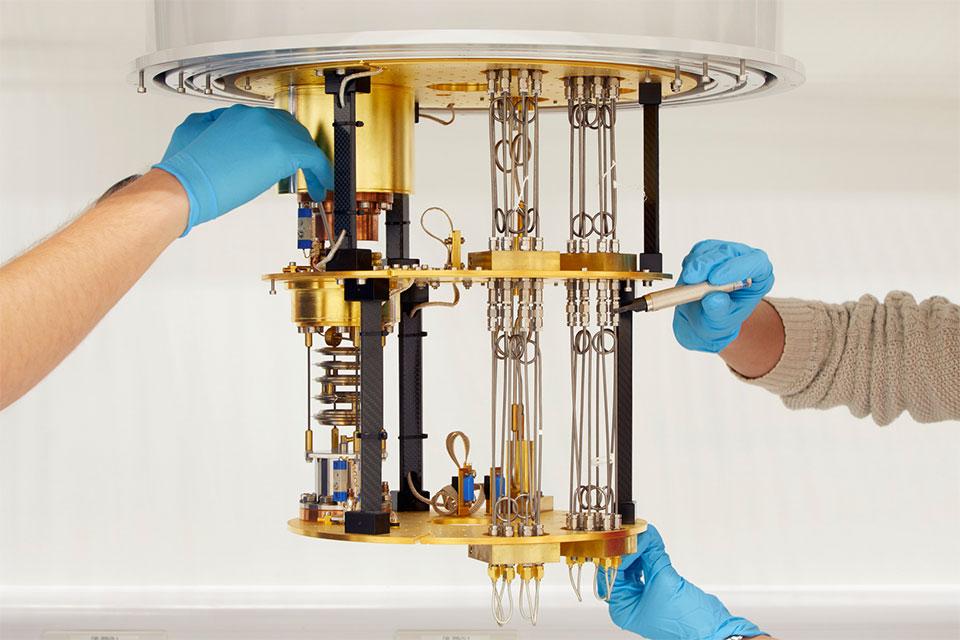Martin Wood Complex, Department of Physics, University of Oxford, Parks Road, Oxford, OX1 3PU
Dr Takeshi Kondo, Associate Professor, The Institute for Solid State Physics, the University of Tokyo
Maud Schmitt
The doped Mott state and pseudo gap of cuprate high T c superconductors studied by angle resolved photoelectron spectroscopy
High temperature superconductivity, which occurs by carrier doping to a cupper oxide cuprate Mott insulator, is one of the most significant discoveries in 20th-century physics. Immediately after its discovery, attracted attention was given to the anomalous behaviours of various physical properties observed above the superconducting transition temperature T c. The electronic state relevant to these is a pseudogap, which opens above T c in the density of states close to the Fermi level. The pseudogap was first discovered in the measurement of nuclear magnetic relaxation (NRM) rate 1 T 1 1 T 1 T at high temperatures follows the Curie Weiss law, whereas, on cooling, it becomes peaked at a certain temperature much higher than T c and then begins to decrease. This phenomenon was called "spin gap" because a gap seems to appear in the spin excitation spectrum. An energy gap was later found to open at temperatures higher than T c in the density of states near the Fermi level by photoelectron spectroscopy and tunnelling spectroscopy, and since then, this gap has been called “pseudogap”.
In the underdoped regime close to the Mott insulating phase, theory predicted the formation of "small Fermi pocket". However, an arc shaped Fermi surface, that can be defined neither as a "large Fermi surface" nor as a "small Fermi pocket", was observed, due to the opening of the pseudogap at partial segments of the Fermi surface. The Fermi arc is a strange electronic state, and understanding the relation of the pseudogap with the superconductivity has been thought of as crucial to elucidate the mechanism of high Tc superconductivity. On this issue, two controversial views have been given the first is that the pseudogap arises due to the pair formation of electrons as a precursor phenomenon of superconductivity. The second is that the pseudogap is, in contrast, generated by an electronic state distinct from preformed pairs, such as charge order or charge density wave, which compete with superconductivity.
In my talk, I will introduce my study of the pseudogap state in cuprates by high resolution angle resolved photoelectron spectroscopy (ARPES), clearly demonstrating that the pseudogap state competes with superconductivity. I will also present the successful observation of a "small Fermi pocket" near the Mott phase. The investigation of the lightly doped Mott state may lead to the elucidation of the relationship between the Fermi arc and small Fermi pocket in cuprates, which has been a theoretical difficulty for many years. Importantly, the substitution of elements for carrier doping causes significant inhomogeneity in electronic states, making it hard to investigate the intrinsic electronic properties of the lightly doped Mott state. The multi layered cuprates focused on in my study has inner CuO 2 planes avoiding direct contact with charge reservoir layers, which realize a clean electronic system without the disorder. These compounds became the key to our successful observation of "small Fermi pockets", which could allow further development of the study of cuprates, as will be discussed in my lecture.
Professor Kondo was awarded the Sir Martin Wood Prize at the Millennium Science Forum which took place in November 2020 The Millennium Science Forum was established in 1998 to promote scientific exchange between Britain and Japan and recognize the work of outstanding young Japanese researchers. The prize is named after Sir Martin Wood, founder of Oxford Instruments.

